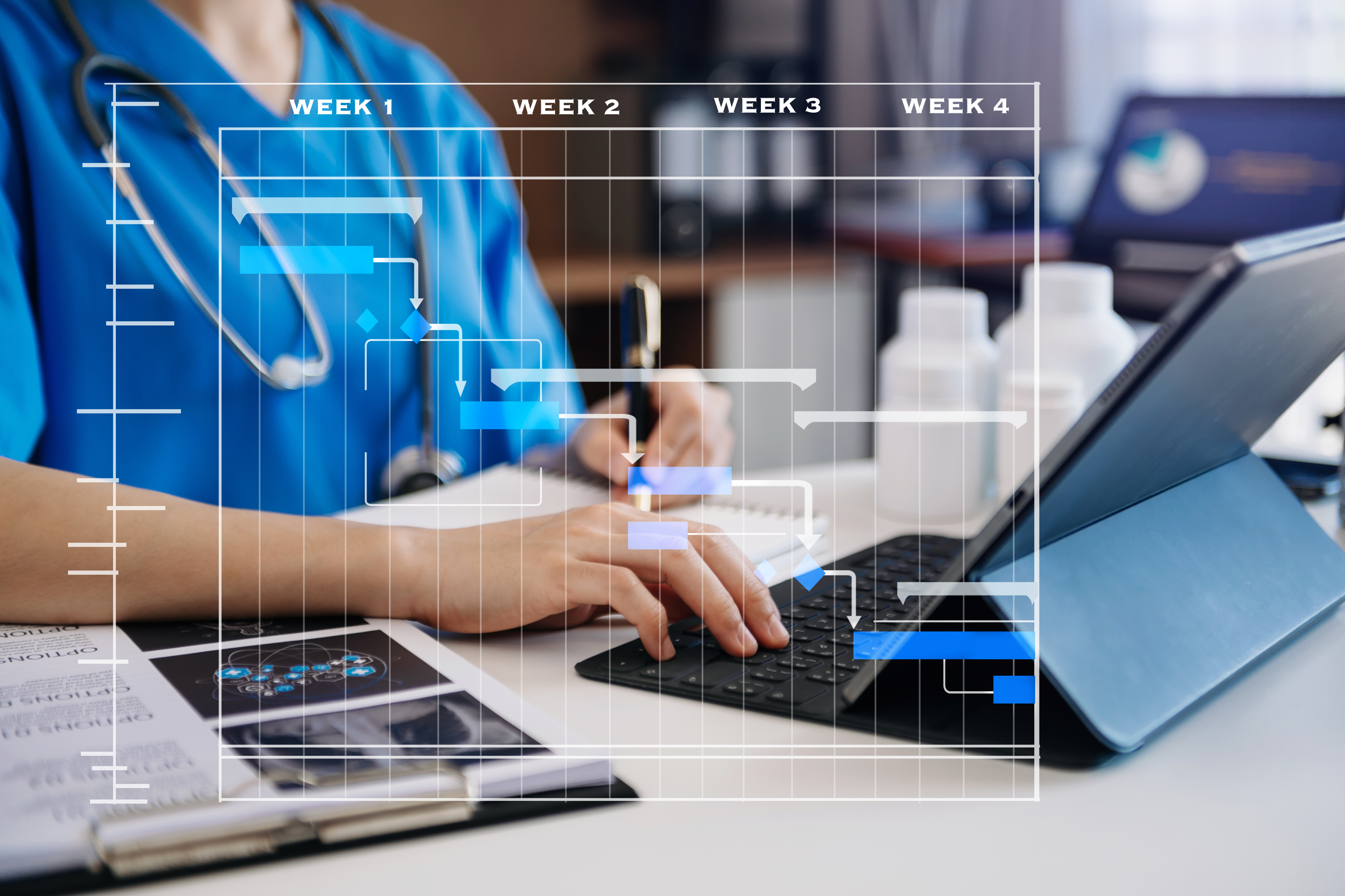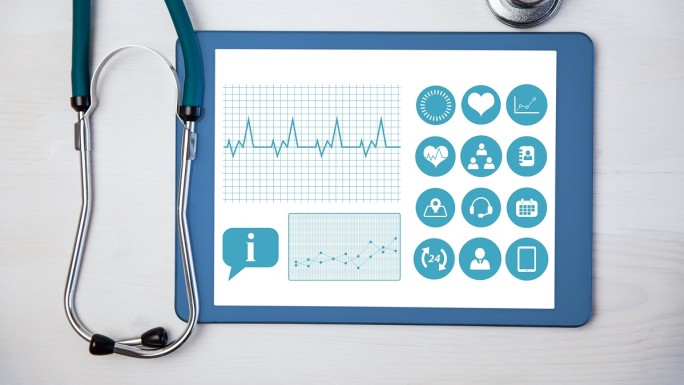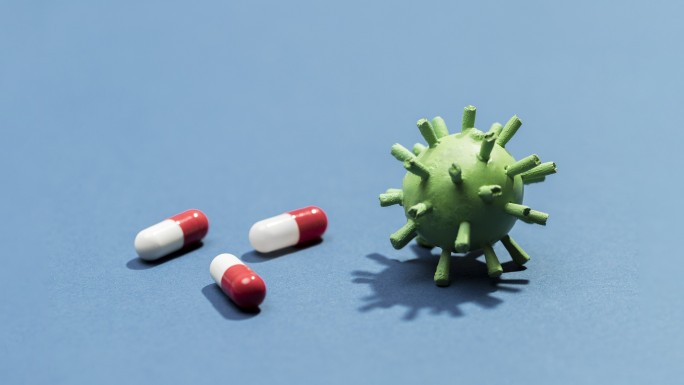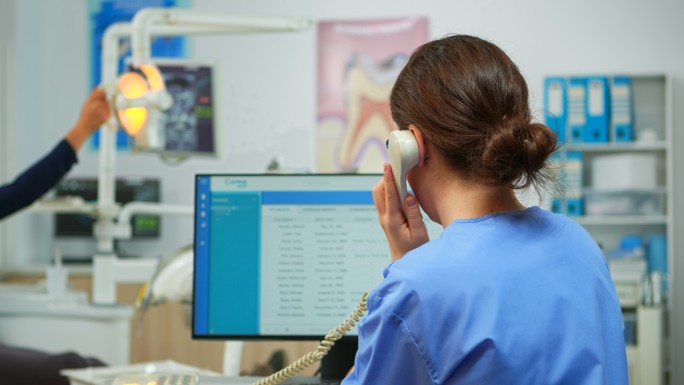PHR and EHR: Data exchange guide for a seamless integration
Most healthcare providers have become familiar with terms such as PHR (personal health record) and EHR (electronic health record) in today's technology age. These two systems have helped proceed the healthcare process to another level of efficiency and resource-saving. The question for this article is: "What if PHR and EHR exchange data?". Let's explore how two systems integrate and exchange data, and which benefits this integration could bring to enhance patient care and improve healthcare overall.
What's the difference between PHR and EHR?
Many healthcare providers or developers might still be confused between PHR and EHR. Are they alike? What abilities do these systems have? Let's find out what makes the difference between these two and how they are independent systems but still can be seamlessly integrated for a better healthcare process.
|
Factors |
PHR |
EHR |
|
Ownership and Control |
owned and controlled by the individuals |
typically owned and controlled by healthcare providers or healthcare organizations |
|
Purpose |
designed for individual use |
designed for healthcare providers and institutions to record, store, and manage patient health information for clinical and administrative purposes |
|
Data Sources |
Data in a PHR mostly comes from the patient |
Data in an EHR is generated by healthcare professionals during patient encounters |
|
Access and Sharing |
Patients control who can access and grant access their PHR to other people |
Access to EHRs is typically granted by healthcare providers |
|
Integration with Healthcare Systems |
not directly integrated with healthcare provider EHR systems |
part of healthcare provider systems and are integrated with other clinical systems |
|
Clinical Use and Documentation |
not used for clinical documentation or medical decision-making |
central to clinical documentation, medical decision support, and patient care |
|
Security and Privacy |
Patients are responsible for securing their PHR data, often through password protection and encryption |
Healthcare organizations are responsible for securing EHR data to meet legal and regulatory requirements |
How to exchange data between PHR and EHR
Here's some requirements to successfully achieved data exchanging between PHR and EHR:
Adopt Interoperability Standards
- HL7 (Health Level Seven): Implement HL7 standards, which are widely used in healthcare for the exchange, integration, sharing, and retrieval of electronic health information.
- FHIR (Fast Healthcare Interoperability Resources): Consider FHIR, a modern standard for exchanging healthcare information electronically. FHIR is designed to be more accessible and developer-friendly.
Consent Management
Ensure that patients provide explicit consent for exchanging their health information between PHR and EHR systems. Clear communication and informed consent are essential for maintaining patient privacy and compliance with regulations.
Use of APIs
API Integration: Implement secure APIs to facilitate the exchange of data between PHR and EHR systems. APIs enable direct communication and data sharing, allowing real-time updates and synchronization.
SMART on FHIR: Explore the SMART on FHIR framework, which combines FHIR standards with OAuth 2.0 to enable third-party applications, including PHRs, to access EHR data securely.
Standardized Data Formats
- Use the CDA (Clinical Document Architecture) standard for structuring clinical documents facilitating the exchange of patient summaries, medication lists, and other relevant health information.
- Consider CCDA (Consolidated Clinical Document Architecture) for a standardized format that allows the exchange of clinical documents between different healthcare systems.
Encryption and Secure Authentication
Utilize encryption protocols to secure data during transmission between PHR and EHR systems. Implement secure authentication methods to verify the identity of both systems involved in the data exchange process. This safeguards patient information and maintains confidentiality.
Read more: How to enhance EHR data security
Data Mapping and Transformation
Ensure that both systems use standardized medical vocabularies and coding systems to facilitate data mapping and transformation. Create crosswalks or mappings between terminologies used in PHR and EHR systems to ensure seamless translation of data elements.

Audit Trails and Logging
Implement audit trails to record and track data exchanges between PHR and EHR systems. This helps monitor data access, ensure accountability, and address any security concerns.
Compliance with Regulations
Ensure that data exchange processes adhere to the Health Insurance Portability and Accountability Act (HIPAA) regulations to protect patient privacy and security.
Benefits of PHR and EHR data exchange
The integration of PHR and EHR can clearly enhance the healthcare process and support healthcare professionals to have a comprehensive understanding of each patient's health through automatic visualization of digital systems. Here are some significant benefits when PHR and EHR exchange data:
Seamless Continuity of Care
Integrating EHR with PHR enables a seamless flow of patient data across different healthcare settings. A patient's information can be securely shared between their healthcare provider's EHR system and their PHR. It ensures that crucial medical information, such as diagnoses, medications, and lab results, is readily available to both the healthcare team and the patient. This promotes continuity of care and allows for informed decision-making in various healthcare settings.
Patient Empowerment and Engagement
By exchanging data between PHR and EHR, patients can have a comprehensive view of their medical history, including diagnoses, treatments, and test results. This encourages patients to actively participate in their healthcare decisions, engage in conversations with their healthcare providers, and take ownership of their well-being.
Accuracy and Timeliness of Information
Data exchange between EHR and PHR minimizes the risk of errors and inaccuracies that can occur when information is manually transferred or communicated.
With real-time updates and synchronization between the systems, healthcare providers can ensure that patients have access to the most accurate and up-to-date information. Exchanging data between these two systems is especially important during transitions of care, helping healthcare providers avoid medication errors, duplicate tests, and unnecessary procedures.
Enhanced Care Coordination
The exchange of data between EHR and PHR facilitates better care coordination among healthcare providers. When all authorized members of a patient's care team have access to relevant health information, they can collaborate more effectively and make informed decisions together. This improves communication, reduces duplication of efforts, and enhances care continuity across different specialties, clinics, and healthcare facilities.

Privacy and Security
While data exchange between EHR and PHR offers significant benefits, it's crucial to prioritize patient privacy and data security. Adhering to privacy regulations, such as HIPAA, and implementing robust security measures are essential to protect patient information during the exchange process. Encryption, authentication protocols, and access controls should be in place to ensure the confidentiality and integrity of the shared data.
Conclusion
The exchange of data between EHR and PHR totally has the potential to revolutionize healthcare delivery. It empowers patients, promotes continuity of care, enhances care coordination, and improves patient outcomes.
As healthcare systems continue to evolve, it becomes imperative to establish secure and interoperable mechanisms for data exchange between EHR and PHR. This integration will ensure that patients remain at the center of their care and have access to comprehensive, accurate, and timely health information.









